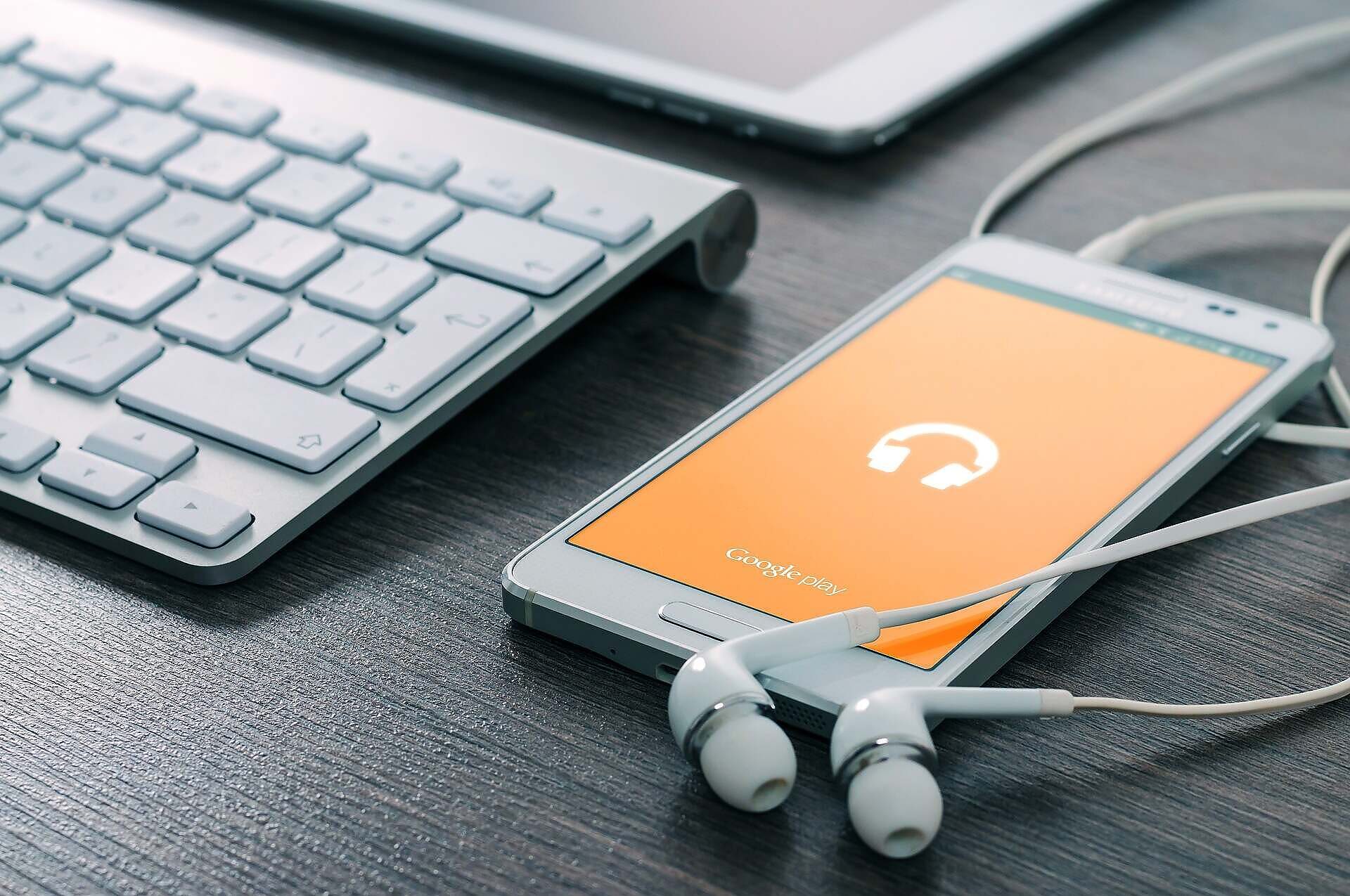High-end smartphones are not just our communication devices but also essential tools for daily tasks, entertainment, and productivity. At the heart of these devices is the lithium-ion battery, which requires proper care to ensure longevity and optimal performance.
Advances in lithium battery chemistry and manufacture have culminated in longer charge time and longer life cycles. To keep that shiny new phone running at peak performance for years you only need to follow a few best practices.
Here are some of the best practices for maintaining the lithium batteries in modern smartphones.
1. Avoid Extreme Temperatures

Lithium-ion batteries are sensitive to temperature extremes. Both high and low temperatures can cause significant damage and degrade the battery’s performance over time. To protect your phone’s battery:
- Keep it cool: Avoid leaving your phone in hot environments, such as in a car on a sunny day.
- Avoid freezing temperatures: Cold can reduce battery capacity temporarily and potentially damage it permanently.
2. Optimal Charging Practices
Charging habits play a crucial role in the health of lithium-ion batteries. Here are some tips to follow:
- Avoid full discharges: Lithium-ion batteries do not have a “memory effect” like older batteries, so you don’t need to completely discharge them before recharging. In fact, frequent deep discharges can shorten the battery’s lifespan.
- Partial charges are fine: It’s best to keep your battery level between 20% and 80%. Charging in short bursts rather than letting the battery drain completely before recharging can help maintain its health.
- Avoid overnight charging: While modern smartphones have built-in protections against overcharging, it’s still advisable to unplug your phone once it reaches 100%.
3. Use the Right Charger
Using the wrong charger can adversely affect your battery. Always use the charger that came with your phone or a high-quality replacement recommended by the manufacturer. Cheap or counterfeit chargers can deliver inconsistent power and potentially damage the battery.
4. Software Updates
Manufacturers often release software updates that can optimize battery performance. Keeping your phone’s software up to date ensures that you benefit from these improvements and any bug fixes related to battery management.
5. Manage Battery-Draining Apps and Features
Certain apps and features can drain your battery faster. To extend battery life:
- Identify battery hogs: Use the battery usage feature in your phone’s settings to see which apps consume the most power and manage them accordingly.
- Turn off unnecessary features: Disable features like Bluetooth, Wi-Fi, and location services when not in use. Adjusting screen brightness and using power-saving modes can also help.
6. Avoid Physical Damage
Physical damage to your phone can affect the battery. Use a protective case and handle your phone carefully to avoid drops and impacts that could damage the internal components, including the battery.
7. Battery Calibration
While not necessary on a regular basis, occasionally calibrating your battery can help improve its accuracy in displaying charge levels. To calibrate:
- Charge your phone to 100%.
- Use your phone until it completely discharges and turns off.
- Fully charge it again to 100% without interruption.
8. Store phone for non-use
If you need to store your phone for an extended period, make sure the battery is partially charged (around 50%) and keep it in a cool, dry place. Avoid storing a fully discharged or fully charged battery for long periods.
Conclusion
Proper maintenance of lithium-ion batteries in high-end smartphones can significantly extend their lifespan and maintain optimal performance. By following these best practices, you can ensure your device remains reliable and efficient, avoiding the inconvenience and cost of premature battery replacement.
Investing a little time in understanding and implementing these battery care techniques can go a long way in enhancing your smartphone experience.



